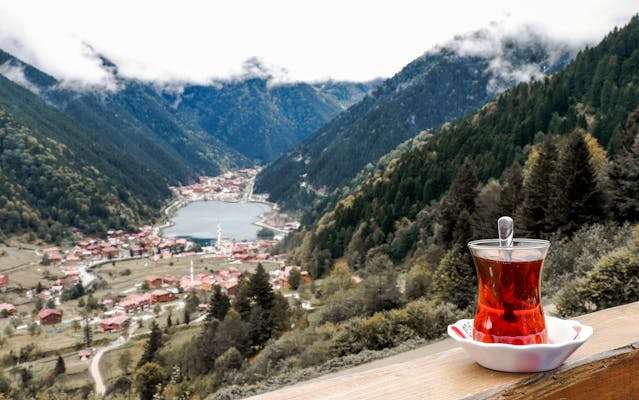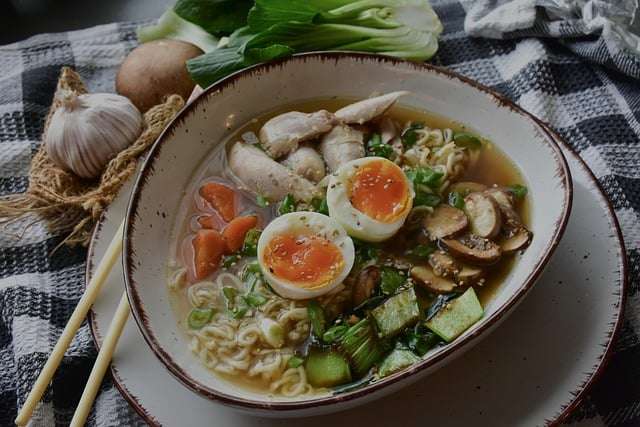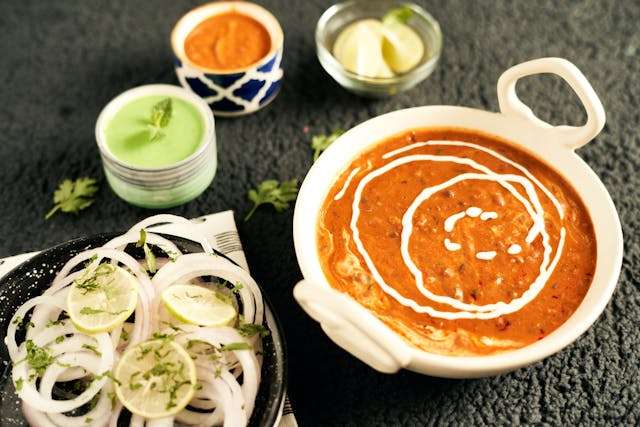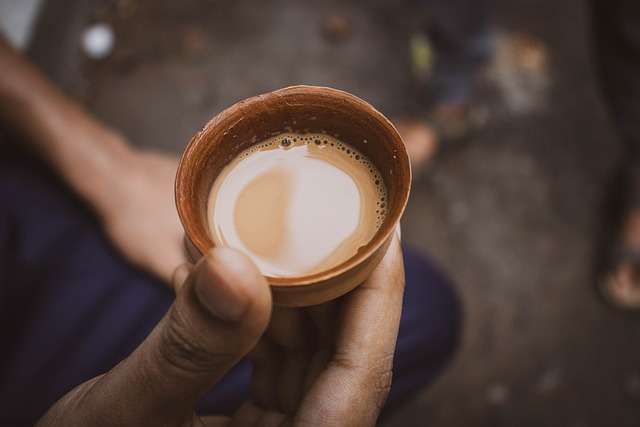Rarely does a region embody such an otherworldly fusion of natural beauty and cultural richness as the Himalayas. Towering over the Indian subcontinent, Central Asia, and Southeast Asia, these high peaks shelter a tapestry of communities, each with its own culinary traditions that draw from the landscape itself.
In this immersive exploration, we’ll dance through the flavors and aromas that define Himalayan cuisine, a taste that’s as much a testament to nature’s bounty as it is to the patience, vigor, and artistry of the people of the high peaks.
Table of Contents
The Essence of Himalayan Cuisine
Himalayan cuisine is a melange of influences born from the convergence of varied ethnic groups living across its vast expanse. Tibetan, Nepalese, Bhutanese, and Indian flavors mingle with a hint of colonial British and, in a subtle whisper, Chinese influence.
The essence of this cuisine lies not just in the final taste but in the stories told during its creation – tales of yaks and barley, and of highland winds weaving through monasteries where saffron-spiced tea gently steams from clay cups.

A Symphony of Nature and Seasonal Flavors
At the heart of Himalayan cuisine is a reverence for ingredients plucked from the earth, or coaxed from the soil through ancient agricultural practices. Here, the changing seasons are not just palate-tones; they are conductors orchestrating the flavor symphony.
From the pungency of wild leeks in spring to the comforting warmth of thukpa, a hearty noodle soup, in winter, each dish captures a fleeting essence.

Exploring Himalayan Flavors
Spices from the Rooftop of the World
Himalayan dishes are seasoned with a select handful of spices that lend a distinct depth to the cuisine. Brands of black cardamom, austerely sweet, with hints of smoke, are crushed alongside freshly ground cumin. Mustards burst with earthy tang and a lingering bite, resonating with the soul of the mountain soil.
The Essence of Sichuan Pepper
While it’s not exclusive to the Himalayan region, the Sichuan peppercorn finds an honored place in the pantry. It introduces a tingly, almost electric sensation to the tongue, known locally as ‘tingling mala’ – a testament to the sensory variety of Himalayan spices.

Nourishment from the Land
Despite the harsh growing conditions, the Himalayas offer a wealth of staple ingredients that are transformed into dishes exuding robustness and warmth. Millets like buckwheat and barley, and hearty pulses such as kidney beans and chickpeas, form the backbone of soups, stews, and savory porridge.
The Elegance of Dal-Bhat
Dal-Bhat is a headliner in every Himalayan kitchen, showcasing the humble mung bean’s creamy heart, tempered with the sunlit warmth of turmeric and the occasional spike of mustard oil. It’s a dish that transcends time and place, providing nourishment that’s both comforting and sustaining.

Tea Culture
Tea is a sacrament in Himalayan culture, an arbiter of hospitality, and a tonic against the mountain chill. Whether it’s the golden hues of Darjeeling’s first flush, the smoky whispers of Tibetan butter tea, or the cool balm of Bhutanese sweet mango tea – each cup narrates a story that’s part and parcel of the region’s tapestry.
Tea as Medicine
Beyond its culinary role, tea represents a conduit to health in a region where traditional medicine often begins with the teapot. Infusions harness the healing powers of herbs like nettle, apricot, and thyme, offering a bitter-sweet elixir that is as comforting to the body as it is to the soul.

Wild Edibles
In the Himalayas, foraging isn’t just a pastime; it’s a vital supplement to the local diet. Communities glean edible treasures from crags and forests, adding piquancy and nutrition to their cuisine. Wild garlic pesto, farmed under open skies and washed with mountain dew, graces plates with its verdant fervor.
Incorporating the Wild
These ingredients are not mere eccentric add-ons but cornerstones of culinary tradition. Aloo Chana, a blend of potatoes and chickpeas sparked with fig leaf gourd, and Suchuk, air-dried sausage infused with the heady notes of Himalayan juniper, offer but a glimpse into the world of wild edibles.

FAQs About Taste of the Himalayas
Signature Flavors of Himalayan Cuisine
The signature taste of the Himalayas revolves around its commitment to using fresh, local, and organic ingredients. The culinary experience is defined by the delicate balance of aromatics, the liberal presence of herbs, and the interplay of textures. The robustness of spices, the warmth of rich broths, and the earthiness of foraged components all serve to encapsulate the essence of Himalayan dining.
Unique Cooking Techniques
One may note that Himalayan cooking techniques often simmer and stew rather than the rapid, high-heat methods found in other cuisines. This preference reflects the region’s availability of ingredients and the inclination toward thorough, steady preparation that gently transforms raw produce into nourishment.
Dietary Restrictions and Observances
The Himalayan region boasts a rich tapestry of dietary practices, evolving from cultural, geographical, and religious norms. Observances like vegetarianism, as in the case of many Buddhist and Hindu communities, or the emphasis on yak products among Sherpas due to the terrain’s limited cattle-farming potential, shape the spectrum of culinary offerings.
Must-Try Dishes
For those eager to savor the sumptuous Taste of the Himalayas, make sure to sample Momos, the region’s hearty and delicate dumplings, or a steaming bowl of thukpa, the ubiquitous noodle soup that warms mountain trekkers’ hearts. Of course, don’t miss the chance to enjoy a ceremonious plate of Bhutanese Ema Datshi, a spicy, creamy indulgence that offers a taste of the Thunder Dragon’s fire.
Authentic Culinary Experiences
A genuine Himalayan culinary experience is one where the senses are awakened by both the taste of the food and the stories of its creators. Whether that involves partaking in a Bhutanese traditional hot stone bath followed by a feast of local delights, or sharing a meal in a Ladakhi home warmed with a Kangri, a traditional fire pot, the secret is to be open to the region’s heartwarming hospitality.
Preservation of Culinary Heritage
The undercurrents of globalization and the erosion of traditional practices threaten to recede the cultural shores of the Himalayas. Yet, stakeholders from chefs to cultural historians are engaged in a nuanced dance with this modernity, seeking not a staunch traditionalism, but a dynamic preservation that adapts to the present without forgetting its roots.
Challenges Facing Himalayan Cuisine
From the commercial pressures of wasteful farming to the siren call of convenience and fast food, Himalayan cuisine stands at a crossroads where preservation is fighting an uphill battle against change. Terroir, the sense of place that defines cuisine, is at risk from changing climates and unsustainable culinary practices.

Initiatives for Preservation
However, pockets of resistance are not just fighting the good fight; they’re thriving. With initiatives to document, teach, and promote traditional recipes alongside a push toward sustainable farming practices, a renaissance is afoot. Social media and the digital age are not just purveyors of change but vehicles for showcasing, and therefore, preserving.
Impact of Preservation
The impact of these preservation efforts is immeasurable. By safeguarding the culinary heritage of the Himalayas, not only is a rich cultural tapestry being conserved, but the very landscape that informs this cuisine – the bio-diverse mountains and fertile valleys – is being protected.
Conclusion
The Himalayas are a feast for the senses, and indeed, a testament to the inextricable link between culture and flavor. The region’s cuisine offers a compelling case for the respectful celebration of food – as an expression of nature’s beauty, culture’s soul, and humanity’s ingenuity.
In a world increasingly homogenized, Himalayan cuisine remains an anchor, a compass pointing to the value of preserving diversity. It beckons not just the adventurous palate, but all who recognize that taste, and the stories it carries, is a language through which we can better understand, respect, and connect with the world.
The Taste of the Himalayas is a treasure, waiting to unfold its stories for the curious explorer. It is both a time capsule of historic flavors and an invitation to a culinary future that honors its past. Embark on this culinary adventure and discover the high peaks’ deep, diverse, and delightful essence – a flavor that lingers beyond the final bite, inspiring a sustainable and sensory-rich way of life.
Learn more about the cultural wonders within the [Documentary Times], where each word is a vibrant thread in the richly colored tapestry of regional heritage and global connectivity.
